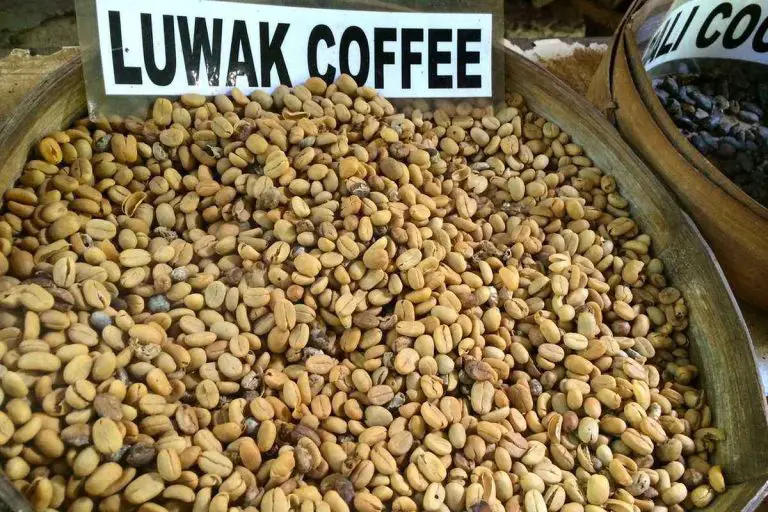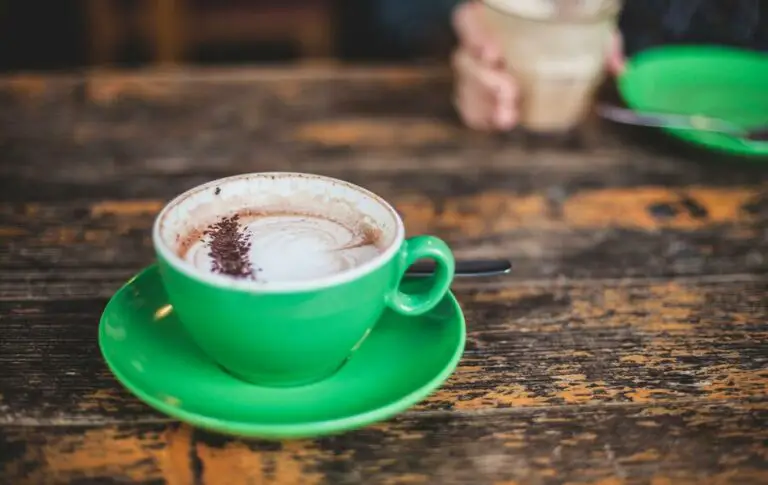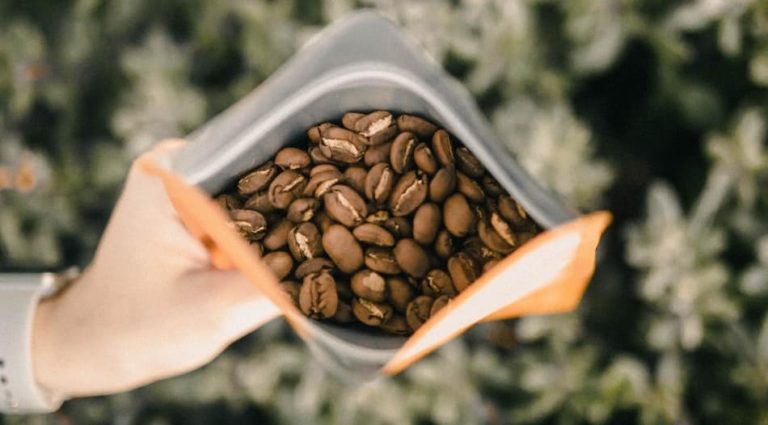50 Ways to Make the Best Coffee of Your Life
Small and simple changes that you make to your coffee preparation have an incredible effect on your final cup of coffee. We’ve put together a list of 50 different tips that you can try today. What’s more, we’ve even grouped them into beginner, enthusiast, and expert.

Beginner
1. Buy specialty coffee
This is, without doubt, the single biggest difference that you can make to your coffee drinking habit. It’s the secret to bitter-free coffee.
Specialty coffee is superior in taste, it’s superior in quality, and it’s fairer financially to the coffee farmers that work so hard to provide the world with coffee.
Check out my list of online coffee roasters around the world and buy yourself a bag that’ll be roasted and posted to order to your front door.
We’ve also put together a list of the best coffee available to buy on Amazon UK, so make sure to check it out.
2. Storage
Store your coffee beans in an airtight container out of direct sunlight. If you buy from most specialty roasters, you’ll get your coffee in a resealable bag with a one-way valve. This allows the CO2 to escape but stops oxygen from getting in and spoiling the beans.
3. Use filtered water
Coffee extracts best with soft, filtered water. If you’re fortunate enough to live in an area with soft water, you can skip this part. However, if you live in a part of the country where the water is hard, buy some sort of filter like a Brita. It’ll make an enormous difference to the taste.
4. Use freshly boiled water
Although it seems a shame and a waste of money, each time you brew a cup of coffee you should tip away any water that was previously boiled and fill with fresh, cold water.
5. Use off-the-boil water
Pouring boiling water onto coffee may result in a bitter-tasting cup. Lightly-roasted coffee prefers water that’s just slightly lower than boiling point, at around 96°C.
Once the water in your kettle has come to the boil, allow it to cool for between 30 – 60 seconds before pouring.
6. Don’t dose with a spoon
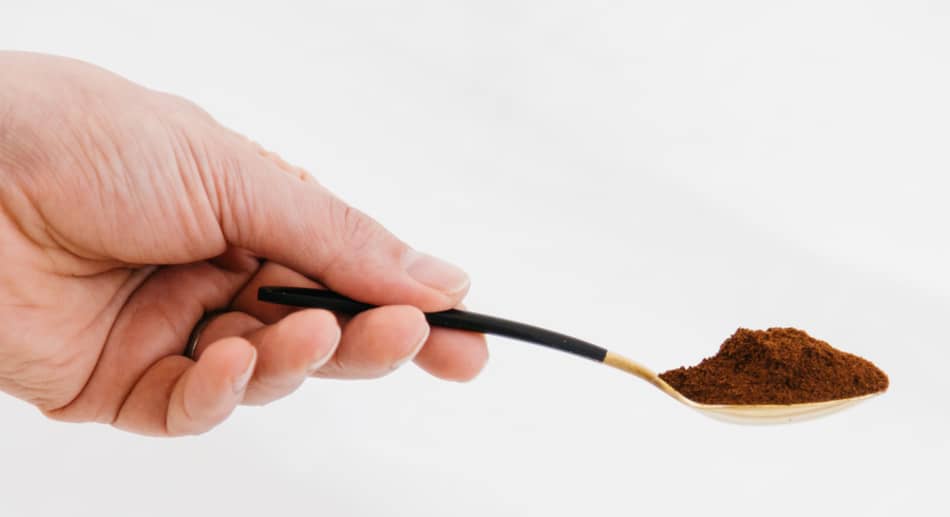
Just as with baking, coffee is all about consistency and repeatability. Using a spoon to measure your coffee is impossible to repeat with accuracy.
Use some type of dedicated scoop that you can level off and keep it in with your coffee for more consistent and accurate dosing.
7. Clean your coffee maker thoroughly
Never just rinse. Clean your brewing apparatus with washing-up detergent. Take the time to take apart all the sections of your brewer and give it a scrub with a neutral detergent.
Rinse thoroughly with fresh water after cleaning. This will prevent a build-up of coffee oils which cause a stale and bitter taste in your coffee.
8. Use full-fat milk
Use full-fat milk whenever possible. It has the ideal fat content (around 4%) for combining with your coffee and actually reduces the coffee’s bitterness.
Think more is better? Avoid using cream as the high level of fat actually coats your tongue’s taste buds and results in you not being able to taste the coffee’s flavours.
9. Never reheat milk
Whether you’ve heated the milk using your espresso machine‘s steam wand or on the stove, reheating milk results in less sweetness and more bitterness, a nasty odour, and a grainy texture.
This also goes for milk that has already been added to your coffee. Don’t reheat your coffee in the microwave.
At your next visit to one of the large coffee chains, ask the barista to steam fresh milk for your coffee. They’ll probably pull a face, but your coffee will taste much better for it.
10. Rinse paper filters
Paper has, well, a papery taste, and you don’t want that taste spoiling your cup of coffee. Just use some of your boiled water to rinse the paper. Doing so also preheats your brewer and mug, too.
If you’re skeptical about doing this, give it a try just this once and taste the rinse-water. You’re now a convert.
11. Buy 100% arabica coffee
Although it’s a little more expensive, buying 100 percent arabica means you get a more superior product. If the packet doesn’t say 100 percent arabica, then it probably contains the inferior robusta coffee variety. Robusta is a lot less sweet and has harsher, burned flavours.
12. Don’t buy darkly roasted coffee
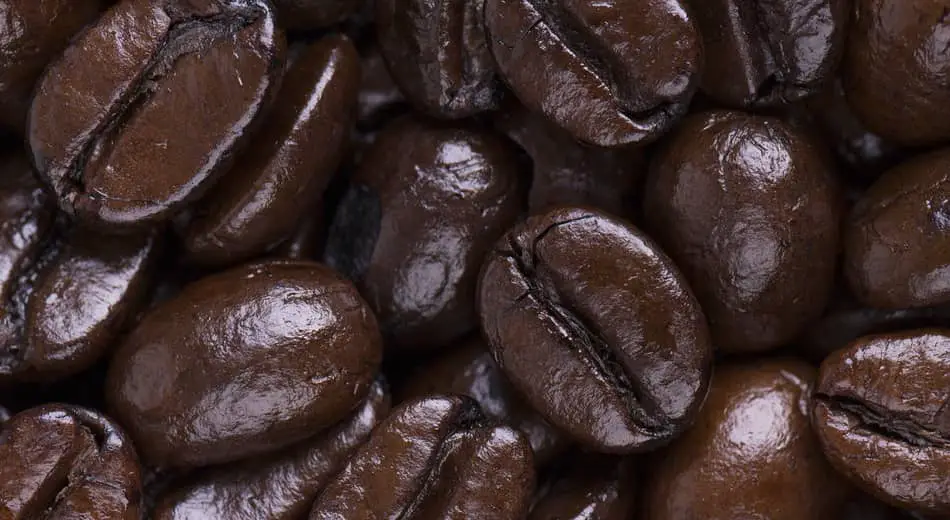
Darkly roasted coffee is extremely bitter and will definitely have you reaching for the sugar, so look to buy light or medium roast coffee beans. The result is a less bitter coffee with a smoother and clearer flavour.
13. Don’t drink your French press immediately after plunging
Leave your French press for several minutes after plunging. When you plunge the filter in your French press, it creates turbulence and whips up a lot of the ground coffee sediment that bypasses the mesh filter.
By waiting several minutes, the majority of the sediment will fall to the bottom of the French press meaning that fewer coffee grounds will end up in your cup.
Don’t worry about the coffee over-extracting. Plunging the coffee pretty much ends the brewing process much the same way as in cupping.
14. Don’t put plastic brewers in the dishwasher
Avoid placing plastic brewing apparatus in the dishwasher as the plastic absorbs the odour of the dishwasher tablets.
Believe me, if you make this mistake, you’ll be tasting it for quite a while as it takes quite some time to leave the brewer, even after washing by hand.
15. Preheat your coffee maker
Preheat your brewing apparatus when making coffee. Get everything as hot as possible. Preheating the brewer means that less water temperature is lost to the brewing apparatus than when brewing from cold.
The more stable you can keep your water temperature, the better the result of extraction. It also has the added benefit of rinsing the paper filter, and the water can preheat your mug too.
16. Preheat your coffee machine
Preheat your espresso machine for 20 minutes before using it. This will ensure that everything inside is up to temperature, resulting in more even and consistent extraction as well as a hotter cup of coffee.
17. Purge water through your coffee machine
Purge some water through your espresso machine before making your coffee. It serves to get rid of any stale water that’s been sitting in the pipes, meaning your coffee will be prepared with freshly heated water.
It also preheats the pipes, group-head, portafilter and your mug. That’s a win-win-win-win-win.
18. Tamp your espresso
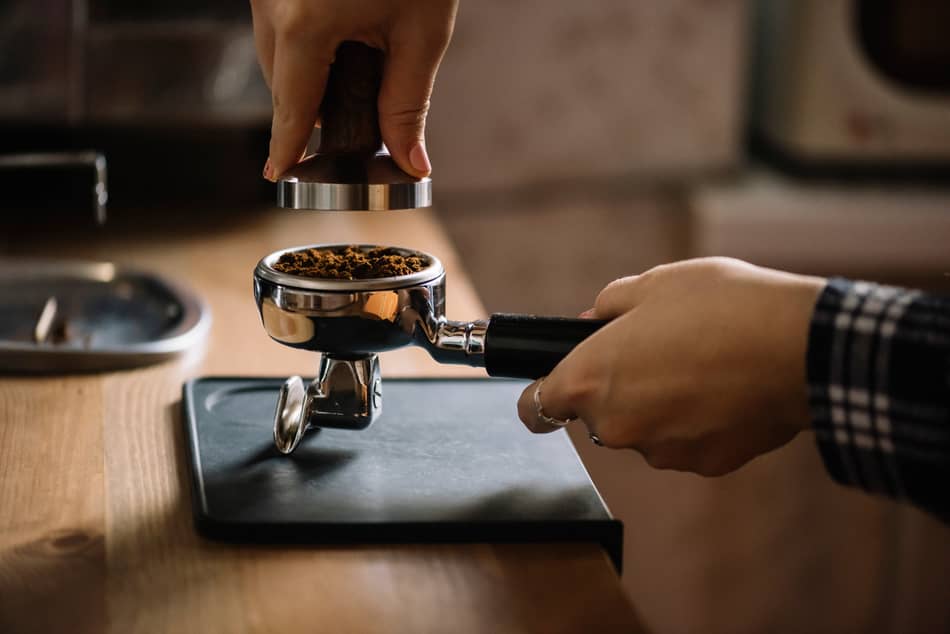
Use a tamper when preparing espresso. So many cafés don’t bother with this one, and it’s such a shame. It’s actually a big money drain as you need to use more coffee if you don’t tamp.
Why tamp? Water is lazy. It likes to follow the path of least resistance. When you tamp down firmly on your coffee in the portafilter, the water passes more uniformly over all the coffee grounds.
The result is a better and more consistent extraction. Use around 40lbs of pressure when tamping, and make sure you’re nice and level. You can practise using the correct pressure by tamping on a bathroom scale.
19. Clean the steam wand every time
Clean the steam wand on your espresso machine every time you use it. It only takes two seconds.
After you’ve heated the milk, wipe the steam wand tip with a damp cloth and turn it on for a second to purge the milk left inside the tip. Just make sure that you point the steam wand away from you when you do so to avoid burning yourself.
20. Stir your latte or cappuccino
Stir any milk-based drink you buy in a coffee shop. I know, I know, you don’t want to ruin that pretty heart the barista made for you, but trust me.
The brown foam at the top of your coffee is the espresso coffee’s crema mixed with the milk. Crema is very bitter and unpleasant to drink. Incorporate the foam into the rest of your coffee so that you don’t drink a great whack of bitterness.
21. Stir your drip coffee
Stir the entire batch of drip or pour-over brew before drinking. Due to the way coffee is extracted during a pour-over, the resulting drink is actually in layers and is different from top to bottom because of stratification. By giving it a mix, your coffee will be homogeneous and more delicious.
22. Don’t boil Turkish coffee
Coffee and boiling water aren’t friends, which is why Turkish coffee is so bitter. Heat Turkish coffee once and only once, until it begins to foam. Once you’re at that stage, back off from the heat so that it doesn’t boil.
Enjoying this article? The AeroPress is one of the best brewers on the planet. Read why you should buy one here on Eleven Coffees.
Enthusiast
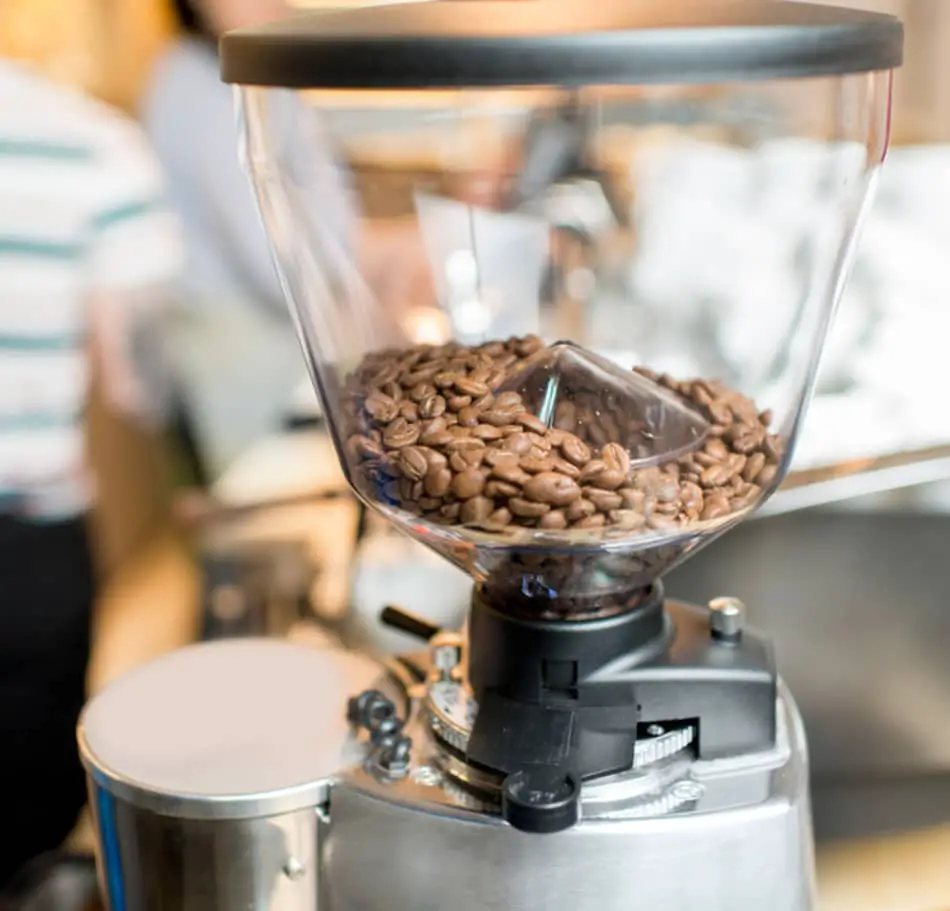
23. Buy a coffee grinder
Invest in a good-quality coffee grinder with flat burrs. Grinding your own whole bean coffee will elevate your coffee-making, producing drinks with far more flavours and aromatics.
There are some great choices on the market starting at around £100 ($130).
24. Use digital scales
Prepare your coffee using digital scales. It might seem overboard and inconvenient, but weighing both your coffee and water results in consistently great coffee each and every time you brew.
25. Steam your milk to 60°C (140°F)
Steam your milk to between 60°C – 65°C (140°F – 150°F) for sweeter and better-tasting milk.
Remember the smell of boiled milk from your childhood? It’s not nice. Not only is it not nice, but it’s actually less sweet.
How will you know when it’s reached 60°C (140°F)? For accuracy, I highly recommend an analogue thermometer (not digital) for milk. But if you don’t have one, heat the milk in a pitcher until you can’t stand to touch the outside any longer. That will be around the 60°C (140°F) mark.
26. Never grind anything but coffee
Don’t grind anything but coffee in your coffee grinder. Grinding spices, especially stronger tasting ones such as cinnamon or clove, will have you drinking mulled-coffee.
Coffee grounds get trapped inside the grinder in every nook and cranny. If you make this mistake, you’ll have to take apart your coffee grinder to get rid of everything, and even then you still might pick up on the flavours.
27. Clean your coffee grinder
Every now and then, it’s important to open up your coffee grinder and remove the burrs. Use an unused paintbrush and a vacuum to get rid of the build-up of ground coffee. Avoid using anything abrasive so as not to scratch the burrs.
The coffee that is stuck inside your grinder is stale and small doses of it are in every cup of coffee you drink. Create a regular cleaning routine for your grinder.
28. Buy whole bean coffee
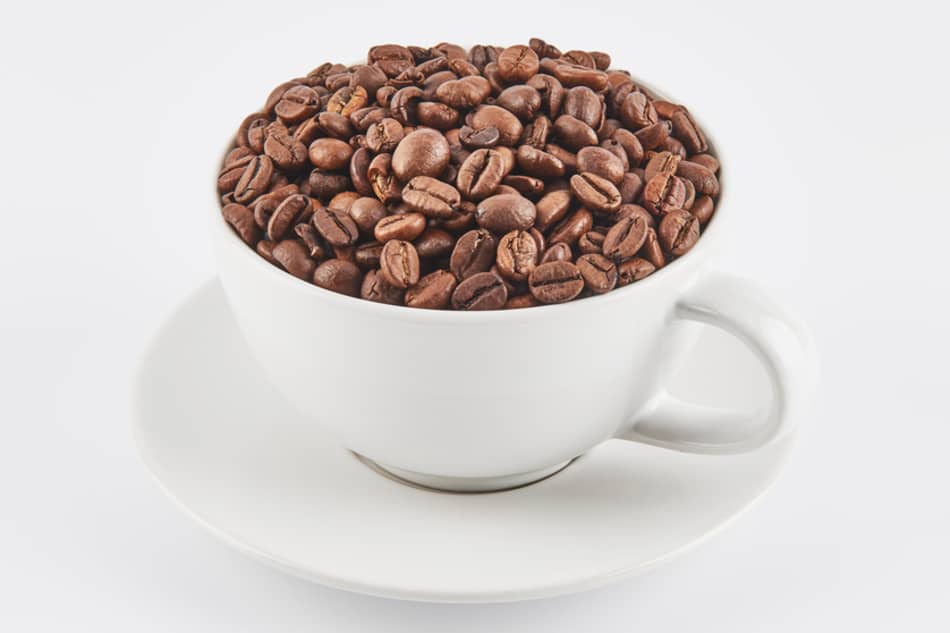
Believe it or not, ground coffee only stays fresh for around 15 minutes. After that time, most of the aromatics have been lost.
By buying whole bean coffee and grinding it yourself, you get to experience the coffee’s wonderful flavours and aromatics.
29. Buy enough coffee for two to three weeks
Buy as much coffee as you’ll use in two to three weeks. As soon as coffee is roasted, it begins to deteriorate, and most of the freshness is lost after three weeks.
30. Buy a digital thermometer
Use a digital thermometer for your water. You want to use water that has come off the boil and cooled to around 96°C. The best way to measure that is by using a digital thermometer (not analogue).
Taking the temperature of your water means repeatability and consistency, which is key to making great-tasting coffee.
31. Don’t plunge your French press
Don’t plunge your French press all the way to the bottom. This is really only for people that own a good-quality French press (such as Bodum) as the filter is of better quality.
Slowly plunge to just below the surface of the coffee and leave for several more minutes (up to 10, in fact). The result is less ground coffee sediment in your cup due to not creating turbulence and whipping up the coffee grounds through plunging to the bottom.
32. Don’t pour at the edges
Pouring water around the edges of your paper filter in your Chemex, V60, Kalita Wave or any other percolation brewer may be tempting in order to wash down any grounds that are high and dry, but doing so results in the water actually running straight through the filter wall, bypassing the coffee altogether. The result? A weak and under-extracted coffee. Yuck.
33. Don’t pour too high above the coffee bed
Just as with the last tip, having a water level that is a great deal higher than the bed of coffee results in the water bypassing the coffee.
Water is lazy and takes the easiest route that it can. Given the choice between flowing through the side of the paper filter or through the dense coffee bed, the water will choose the side of the filter.
You want to keep your bed of coffee wet at all times, but just don’t drown it.
34. Purge some beans before grinding
Purge 1g (around six beans) of coffee beans before grinding your coffee. Coffee always gets lodged in the grinder’s chute, and so grinding a small amount purges that old, stale coffee.
It’s also a great tip for cupping coffee so as not to mix coffees.
35. Buy plastic brewers
Consider plastic brewers like the AeroPress or the plastic V60. It may seem counter-intuitive as plastic is difficult to preheat, but plastic actually sucks less heat from your water into the walls of the brewer, meaning the water stays hotter for longer.
36. Start with a bloom
Start your coffee preparation by adding a small amount of water to the ground coffee (around 2x coffee weight) and leave to infuse for about 30 seconds. This is called a bloom.
You’ll notice bubbles appearing, which is the CO2 being released by the coffee. Wherever you see bubbles, it’s a cry from the coffee for water. Gently stir where you see the bubbles appearing.
37. Grind coarser for Turkish coffee
Coffee for Turkish coffee is typically ground finer than that for espresso; it has the consistency of talcum powder. Unfortunately, coffee ground that fine leads to bitterness.
By coarsening the grind just a little – but still finer than for espresso – means you’ll get a cup that isn’t bitter. Yum.
38. Buy bottled water
Buying bottled water is great for consistency if you can afford it. One of the best and most widely available bottled waters for coffee is Volvic. However, Volvic is expensive. Take a look at the label on the side which lists the magnesium, calcium, bicarbonate and sodium levels, and try and find a similar but cheaper alternative.
39. Avoid sand brewers for Turkish coffee
It may look the part in a coffee house, and there’s no doubt it’ll get people talking, but sand is not a good conductor of heat as the temperature varies wildly.
Add to it that moving your Turkish cezve around results in the sand falling into your brewer, and you’ll see why a gas flame is the preferred method.
Enjoying this article? Check out my cold coffee brew guide for recipes and tips.
Expert
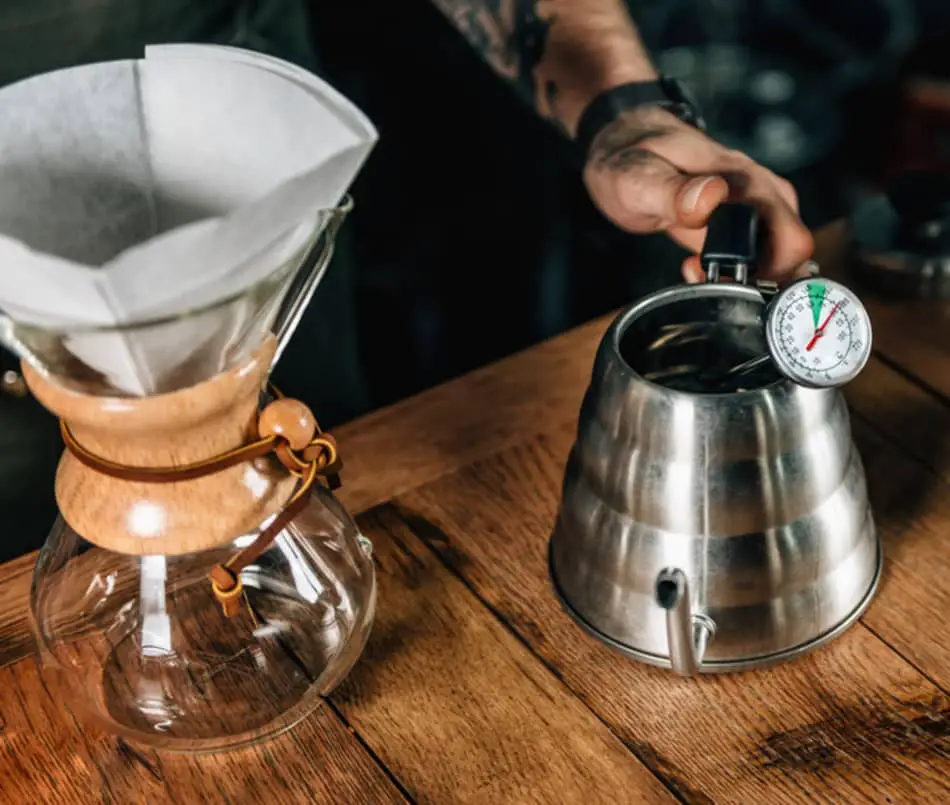
40. Buy a better grinder
The taste of your coffee depends heavily on grind quality. It’s much like a sound system: your stereo is only as good as its speakers. Your coffee grinder is what makes your coffee sing. It’s the most important piece of equipment you can buy.
As the industry improves, we’re discovering that more and more of the soluble, thirty-or-so percent of a coffee bean can be extracted without muddling the flavour.
Buy the best coffee grinder that you can afford.
41. Let your coffee degas
If you buy yourself a nice bag of specialty coffee, it’ll have a roast date displayed on the pack. During the first five to seven days or so, the coffee is releasing a whole lot of CO2, which is known as degassing.
During this time, the coffee is still developing, so it’s very difficult to make consistently good cups of coffee as you’ll need to keep making large grinding adjustments.
Check the roast date on your pack and don’t open until at least five days after roasting. Your coffee will be more consistent and tastier if you can resist opening the bag straight away.
42. Grind finer and finer and finer
How will you know if you’ve reached your coffee’s potential? By grinding finer and finer until the coffee loses its clarity and becomes muddled and bitter.
Once you reach that point, back off a space on your grinder for the best and most sweetest-tasting coffee.
43. Weigh your coffee with precision scales
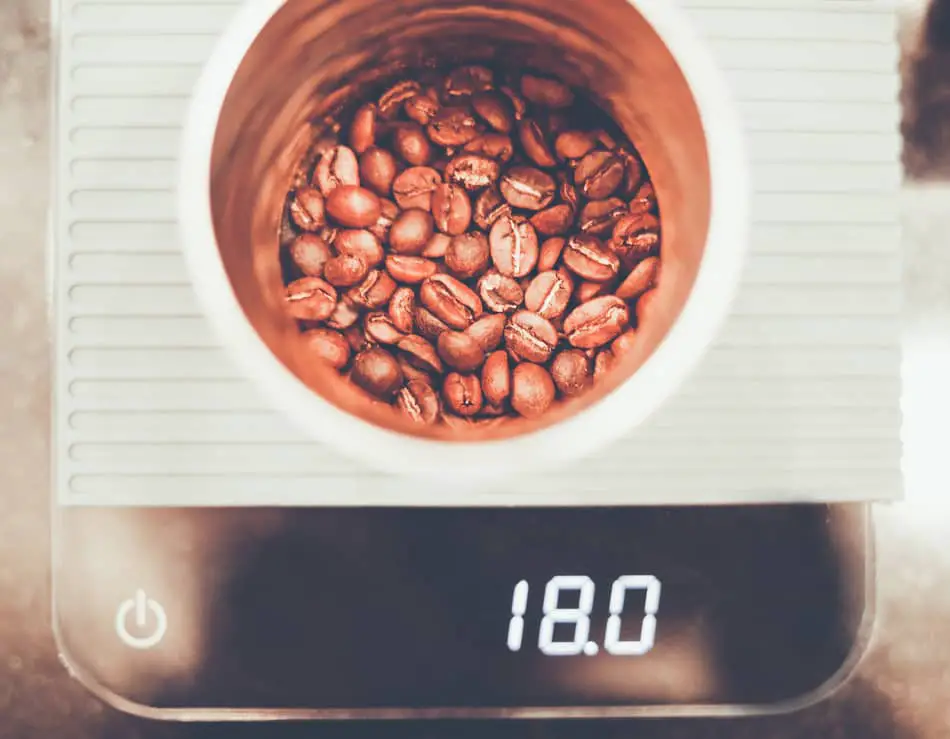
Use a precision scale for increased accuracy. It may seem a little, but one gram of coffee can make a huge difference to how your coffee tastes, especially if you’re only making enough for one cup.
Scales that go up in increments of one gram show the same reading for weights between 1.0g and 1.9g. That’s a 90 percent difference, but both weights will read as 1g. Precision scales use tenths or even hundredths of a gram and are found cheaply online.
44. Weigh your coffee after grinding
Most grinders keep hold of some of the ground coffee after grinding. Some hold onto as much as 2g. To ensure what goes in does come out, you need to weigh your grounds after grinding using a precision scale.
45. Create microfoam with your milk
Steam your milk carefully to produce microfoam. Microfoam is finely textured milk that contains thousands and thousands of tiny, little air bubbles. Creating microfoam makes for a beautiful and glossy milk that is sweet. It’s also what you’ll need if you want to create latte art.
46. Buy a gooseneck kettle
Gooseneck kettles have an elongated spout that restricts the flow of water. Gooseneck kettles are a must for creating consistent pour-over brews as you’re able to pour more slowly and more accurately.
Many have the added benefit of a temperature-controlled element. You can program your water to be heated to a certain temperature and have the water held at that temperature, too.
47. Keep your gooseneck kettle level when pouring
You’ll see a lot of baristas raising and lowering the gooseneck kettle when making a pour-over. This is wrong for so many reasons.
Firstly, it’s very uneven, meaning some areas will experience lots of agitation and others little. Secondly, it’ll carve holes in the coffee bed which results in channelling. Thirdly, it’ll make a difference to the temperature of the water as it’ll be exposed to the air for longer.
OK, that last one was a little extreme, but you get the point. Keep the kettle level at all times and pour in a circular motion, making sure to saturate the areas that are producing CO2 bubbles.
48. Buy third-wave water
The chemical compounds that make up your water have an enormous effect on how it extracts your coffee. Third Wave Water is a company that provides sachets of ready-mixed minerals that you add to purified water.
The result is water that is designed especially to extract the best elements of your coffee, and it also provides you with great consistency for repeating your brews.
49. Buy a copper cezve (ibrik)
You could use silver, but you’ll have to remortgage your house as it’s around ten times the price of copper. Fortunately, copper is almost just as good when it comes to heat conductivity and is a lot more affordable.
50. Buy a coffee refractomer
“What’s a refractometer?”, I hear you say. A refractometer tells you how much coffee is in your coffee.
Refractometers work by measuring the refraction of light in your brewed coffee. Inputting your dose and water-weight data, the refractometer will tell you how much of the soluble coffee has infused into the water.
A refractometer doesn’t do the job of tasting the coffee for you; that’s up to your palate. But it aids in communicating as it acts as a reference point.




